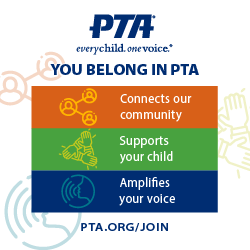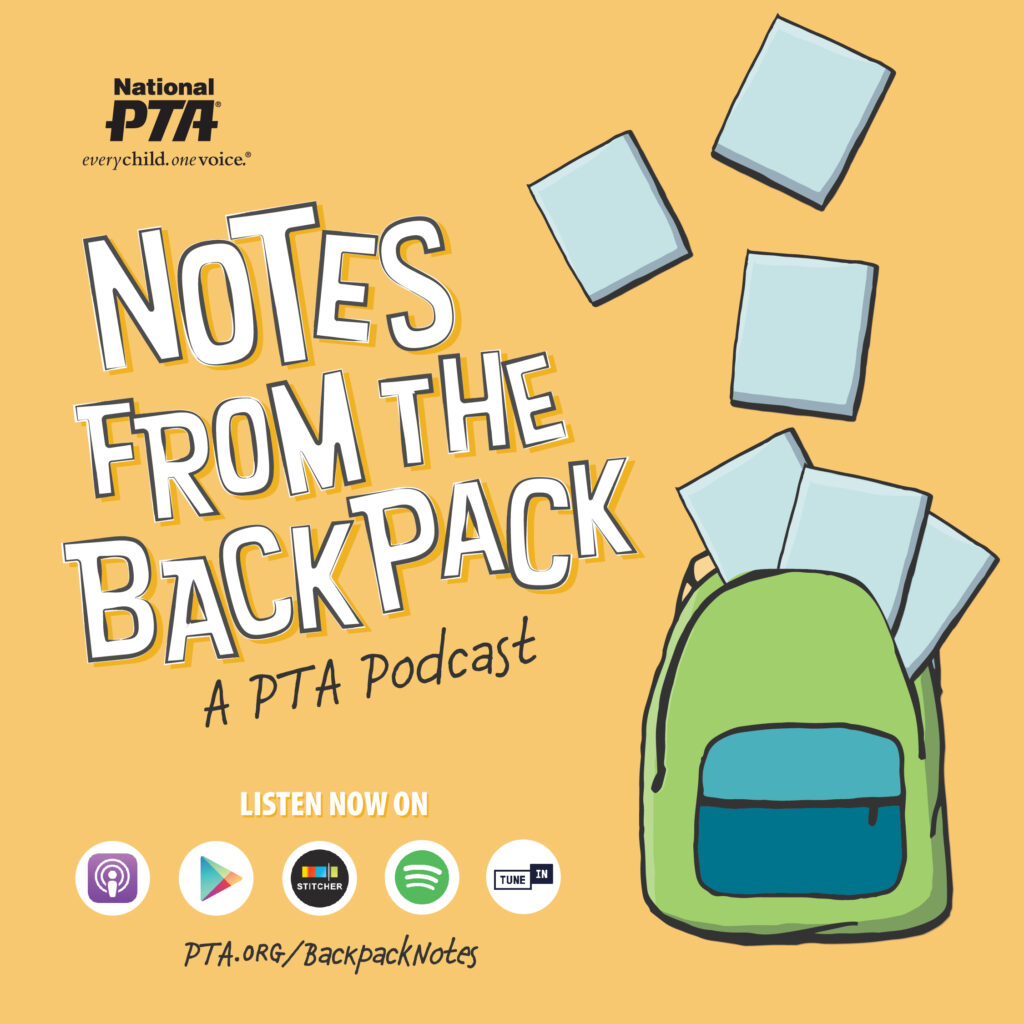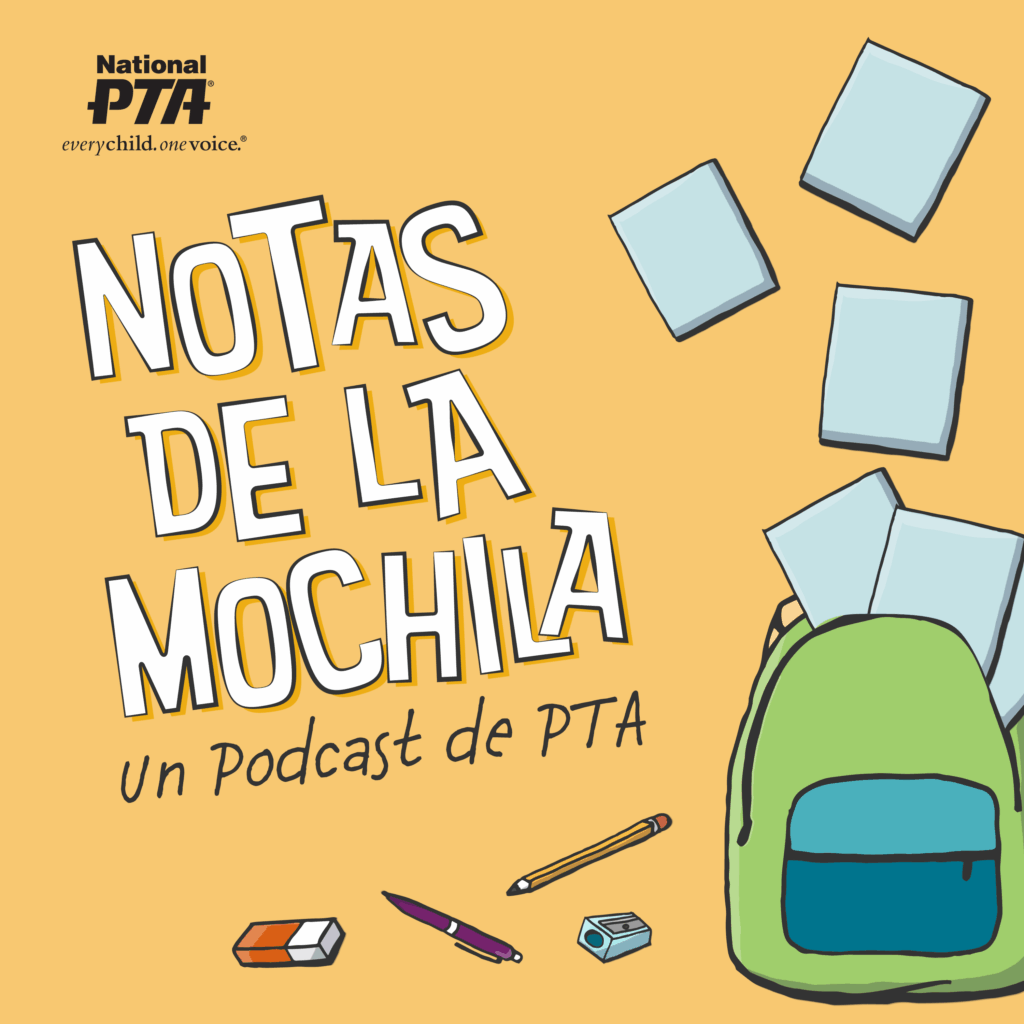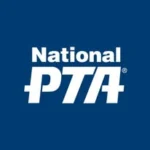It’s hard to sugar coat the latest Nation’s Report Card. Across the nation, reading scores are down, and it’s a mixed picture in math.
Let’s start with the tough truth: we’re not raising a nation of readers. And if we’re being real, we need to focus more on those tricky middle school years. It’s a time when kids are figuring out who they are, school gets harder and distractions grow. If we’re not intentional about supporting this age group, they can fall through the cracks.
The good news? There are bright spots—people and programs—making a difference. By building on what works, we can create real change and help every child succeed.
A Reading Story
Nationally, students in fourth and eighth grades dropped two points each on the 2024 National Assessment of Educational Progress, also known as The Nation’s Report Card or NAEP. That compounds reading losses on the 2022 Nation’s Report Card and means students overall haven’t rebounded from the pandemic.
For schools, it’s well past time to buckle down on reading and give teachers the time, training and resources to teach reading well, in a way that emphasizes foundational skills like phonics and language comprehension.
Reading is a lifelong skill that reaches far beyond the classroom, and it starts with us, parents, guardians and grandparents. My grandkids know that if they’re anywhere near me on a weekend, they’re going to read to me. We take turns reading aloud, kids and adults alike. They hear how we read with expression and see that stumbling over a word isn’t failure. It’s a learning moment. This is how we discovered my oldest grandson has dyslexia and one of my granddaughters has a vision-related disability. Parents are a child’s first teacher, and that role doesn’t end when they head off to school.
Getting More out of Middle School
Relationships matter a lot in middle school. With eighth grade reading scores declining and math scores stagnant, our kids need support academically and in other ways. A survey accompanying the Nation’s Report card found a majority of eighth grade students, 79%, agreed that teachers at their school care about the students there. That’s good, but it’s lower for struggling students, and we have to ask what more can we do to ensure all kids feel this way.
The relationship between parents, students and teachers is so important. At my grandson’s middle school in Tulsa, Okla., students bring home a time management book every week for parents to review and sign. This opens the door for meaningful conversations between parents and their children about how time is spent in the classroom and on assignments. It also gives parents an easy way to connect with teachers and ask questions. Most importantly, it helps students feel seen and supported, knowing adults in their lives care about their success.
The drop in eighth grade reading scores is a reminder that we can’t take our focus away from reading after the elementary years. On the latest report card, the largest percentage of eighth graders ever, 33%, is working below the NAEP Basic Level. That means they likely can’t identify the main idea of an informational text. Like for elementary school, we need to demand evidence-based approaches to middle-school literacy instruction. Parents shouldn’t stop reading with their kids when they become adolescents.
Mixed Messages in Math
While eighth grade math scores didn’t move this time around, the scores dropped massively on the last report card so as a nation we’re behind. Turning this around will be critical for student success in high school and for career and earnings opportunities later in life.
There is some good news. Math scores rose for fourth graders. The two point gain is a sign of resilience and indicative of the focus schools have placed on math these past few years. Since the pandemic, many schools and districts have brought in math coaches and provided tutoring and school programs for students. Those efforts appear to be paying off; pulling back on them would be a mistake.
Looking Beyond the Scores
We also see signs of progress in the NAEP data related to chronic absenteeism. About 12% of eighth graders reported being out five or more days in the past month. That’s down from 16% two years ago but not quite back to pre-pandemic levels. We have work to do, but I’m heartened this is trending in the right direction.
Young people are resilient, but they need our support. Strong family engagement is key to getting kids to school and keeping them on track. Effective approaches include tracking attendance with robust data systems, making calls and home visits, and providing essential resources like school-based health clinics, transportation and childcare support.
We’re all in this together. Low achievement affects not just our children, but our communities and our future. Declining scores today could mean fewer opportunities tomorrow. By breaking down barriers and building on what works to improve student outcomes, we can create lasting change and help every child reach their full potential.
Anna King is a member of the National Assessment Governing Board, which sets policy for the Nation’s Report Card. She is the past president of National PTA. She previously served as Oklahoma PTA President.


















